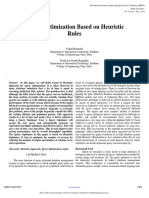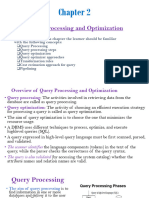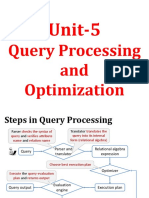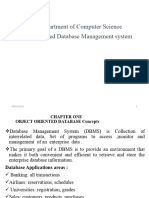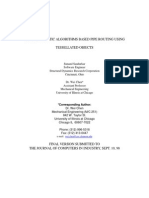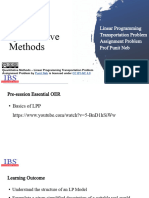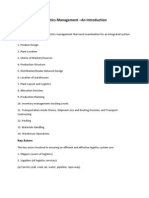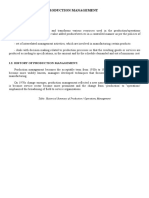0% found this document useful (0 votes)
163 views14 pagesQuery
Query optimization is the process of choosing the most efficient execution strategy for a query by minimizing resources used and response time. It involves rewriting queries, estimating costs, and choosing the best query plan using a cost model. Types of query optimization include semantic, global, and parametric optimization, and optimization can be done by selecting optimal join operations and writing queries to use specific columns.
Uploaded by
sagar168Copyright
© Attribution Non-Commercial (BY-NC)
We take content rights seriously. If you suspect this is your content, claim it here.
Available Formats
Download as PPTX, PDF, TXT or read online on Scribd
0% found this document useful (0 votes)
163 views14 pagesQuery
Query optimization is the process of choosing the most efficient execution strategy for a query by minimizing resources used and response time. It involves rewriting queries, estimating costs, and choosing the best query plan using a cost model. Types of query optimization include semantic, global, and parametric optimization, and optimization can be done by selecting optimal join operations and writing queries to use specific columns.
Uploaded by
sagar168Copyright
© Attribution Non-Commercial (BY-NC)
We take content rights seriously. If you suspect this is your content, claim it here.
Available Formats
Download as PPTX, PDF, TXT or read online on Scribd
/ 14

















